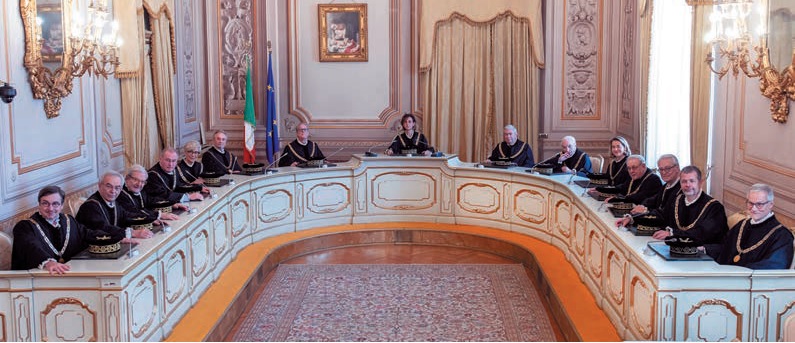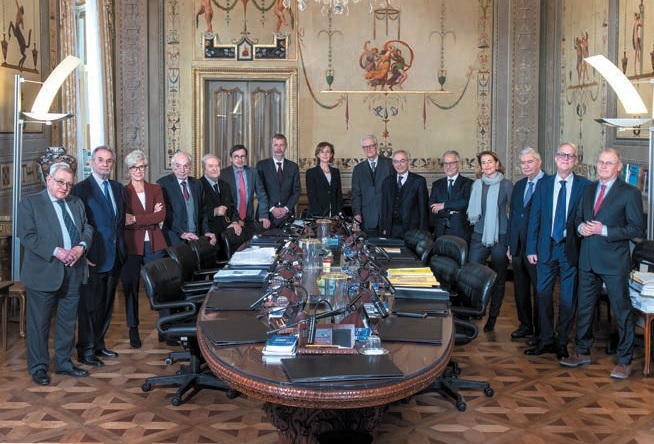The Constitutional Court

What is the constitutional Court
This brief publication originates from the need to “dispel the mystery” and “bring closer” to the citizens a fundamental institution of the system of protections established in the Italian Constitution, as explained by President Cesare Ruperto in his Presentation to the first edition, released in 2002.
The publication of a communications tool that allows the Constitutional Court to make itself known also to a non-legal audience and to the general public was a fruitful idea. This slim booklet, written by Valerio Onida and over time enriched with contributions by several others, has been the fertile seed of a tree that, in the meantime, has grown and borne ever more fruit.
A Building and a Court
A recent survey has revealed that the Constitutional Court is the least well known of Italy’s constitutional bodies. This is not particularly surprising if one considers that it was only created with the formal enactment of the Republican Constitution in 1948 – that is, less than half a century ago – while other constitutional organs date back to the foundation of the Italian state in the nineteenth century.
Read more
How and Why Constitutional Courts Come into Being
The Constitutional Court is a relatively recent institution. Nothing similar existed in the Italian State before the formal enactment of the Italian Constitution of 1948. In various other European countries, legal provision for similar institutions was made for the first time in the 1920s, based primarily on the theories of the renowned Austrian democratic jurist .....
Read moreThe Italian Constitutional Court
When the Constituent Assembly set about drafting the Constitution of the Italian Republic, it made a fundamental choice in attributing a “supralegislative” force to the new Constitution, so that “ordinary” laws could not amend it or derogate from it. The rights and obligations ratified by the Constitution, and the rules that guarantee the balance of power among the various constitutional organs, were thereby protected even from laws of Parliament.
Read more
The Structure of the Court
According to Article 135 of the Constitution, the Court is composed of fifteen judges. The system of nominations is a delicate balance designed to harmonize various needs: to assure that the judges are as impartial and independent as possible; to guarantee the necessary level of technical legal expertise; to bring a range of different knowledge, experiences, and cultures to the Court, as well as political sensibilities that are not too far removed from those represented in the political institutions of Italy.
Read more
The Functions of the Court
The first and, historically, the most important task of the Court is to rule on controversies or disputes “regarding the constitutional legitimacy of the laws and acts having the force of law issued by the State and the Regions” (Art. 134, Italian Constitution)
Read more
How the Court Works
Let us take the year 2019 as an example. The following references and applications were made to the Court: 248 referral orders, 117 questions of constitutionality were submitted by way of direct appeals, 14 cases were brought regarding allocation of powers and 1 request for an abrogative referendum was brought.
Read moreThe Italian Constitutional Court and Other Courts
Constitutional justice is not a uniquely Italian phenomenon. The Italian Constitutional Court, though it operates within the particular framework of the Italian Constitution, has a form and role that are similar to those of constitutional courts, tribunals and supreme courts that carry out comparable tasks in other legal systems.
Read more